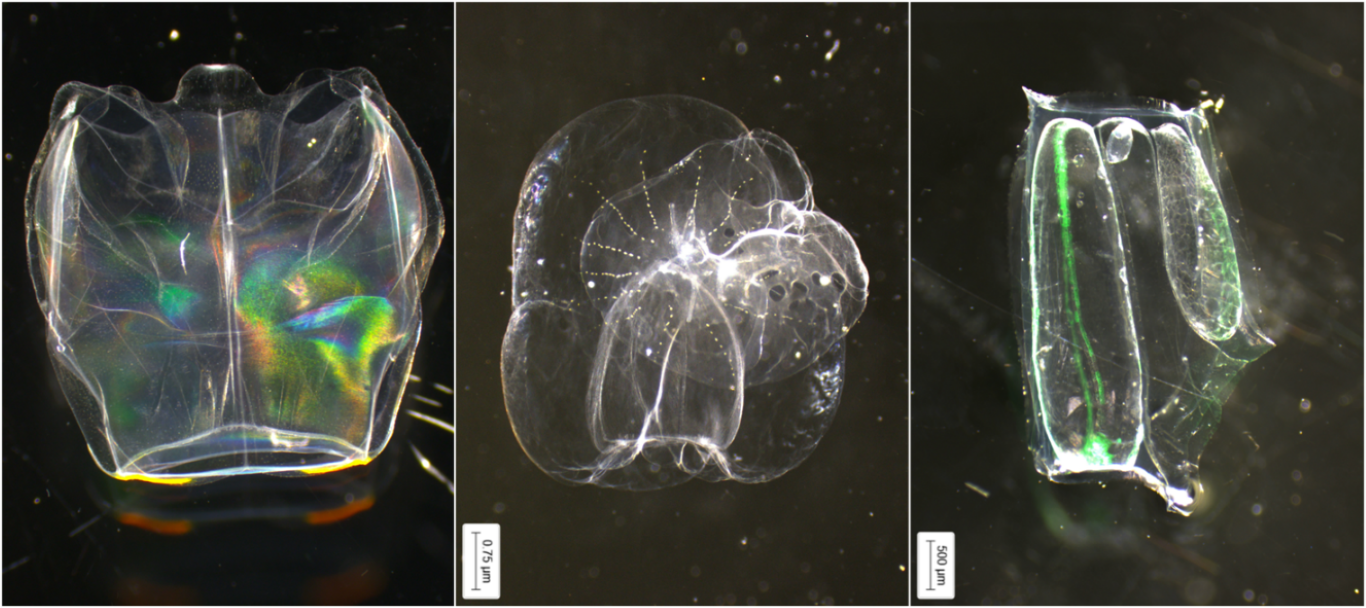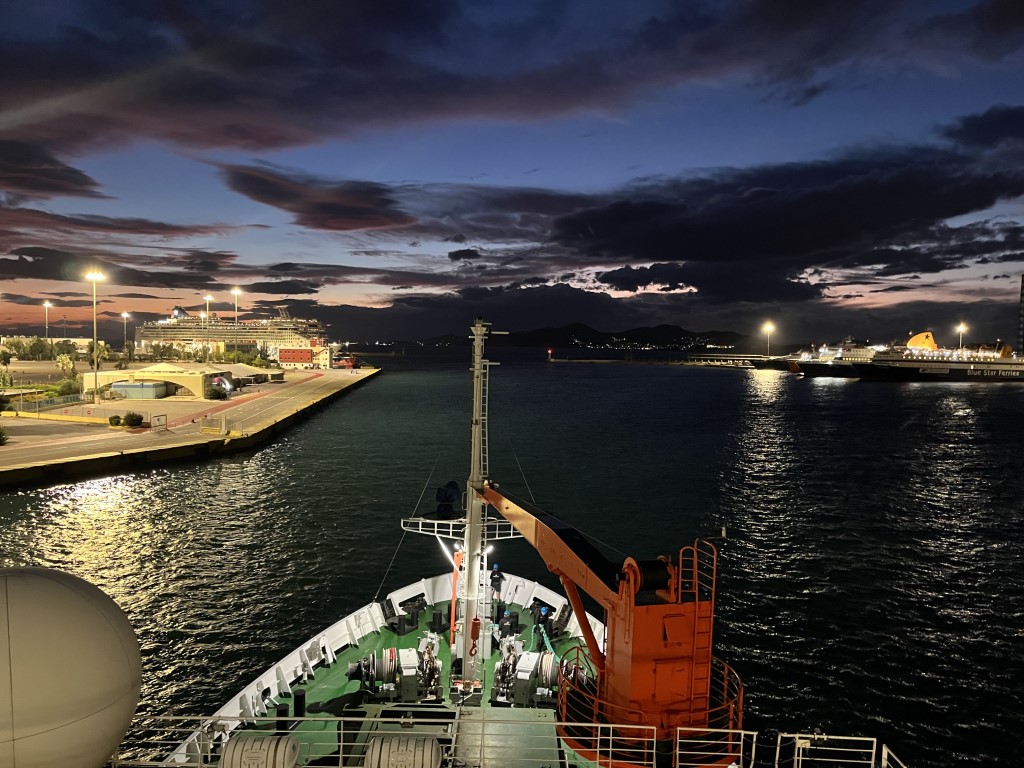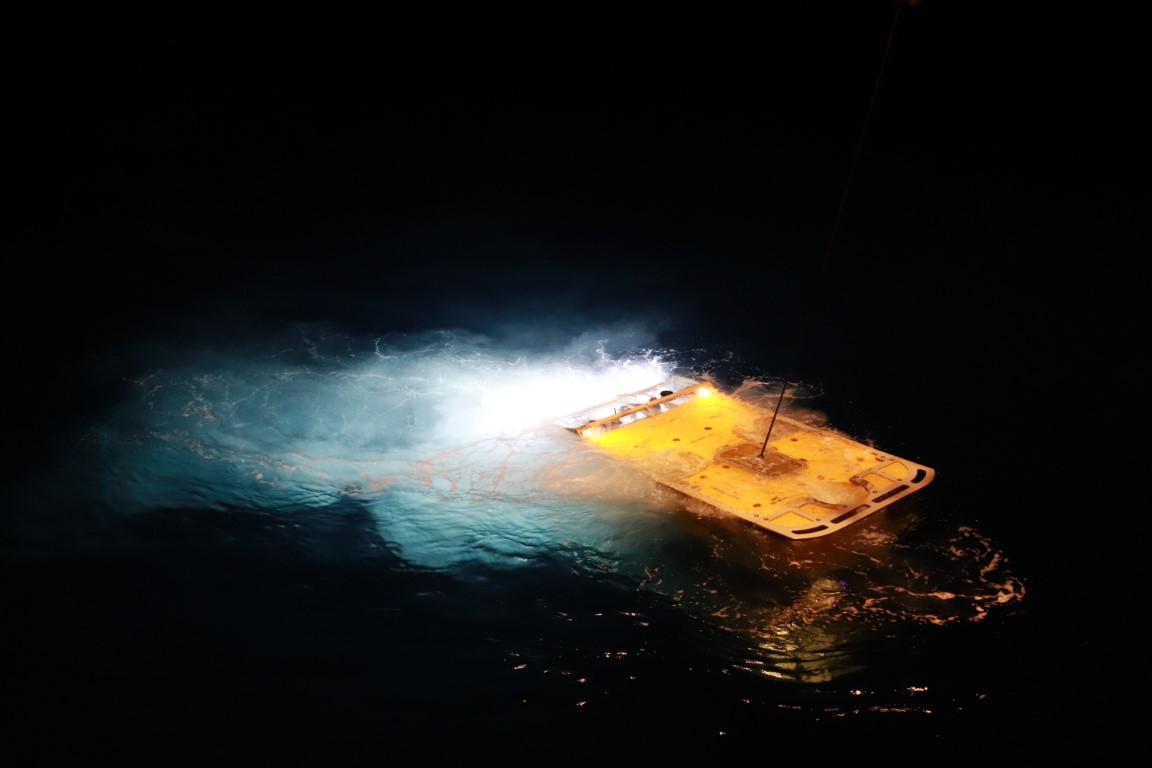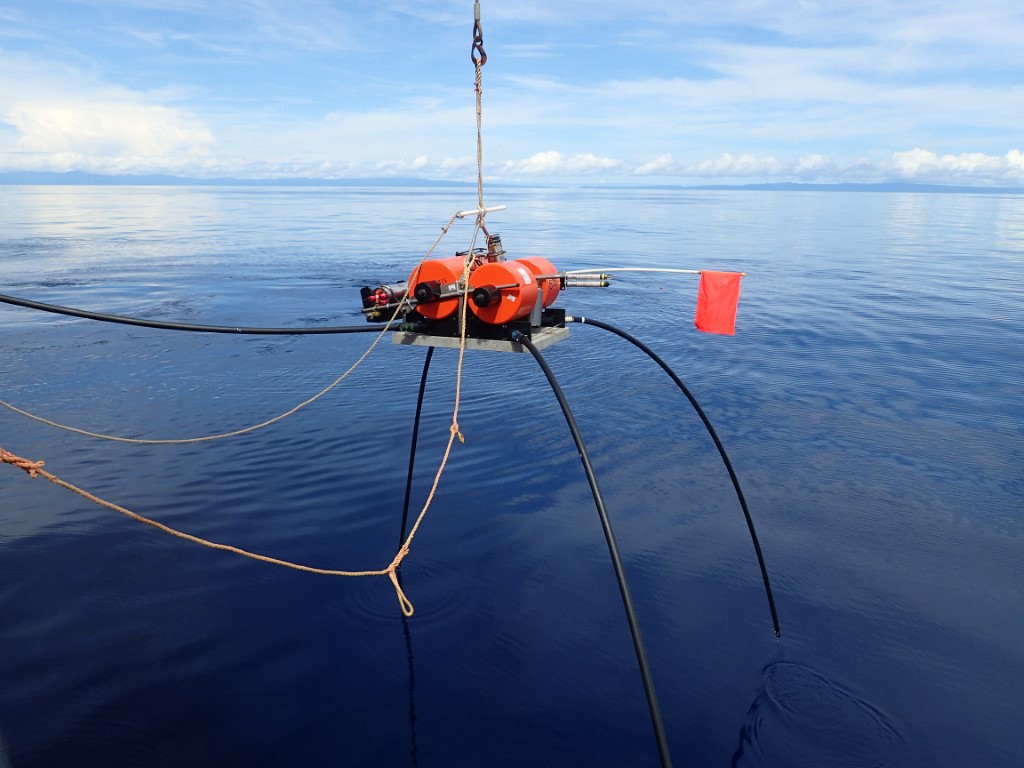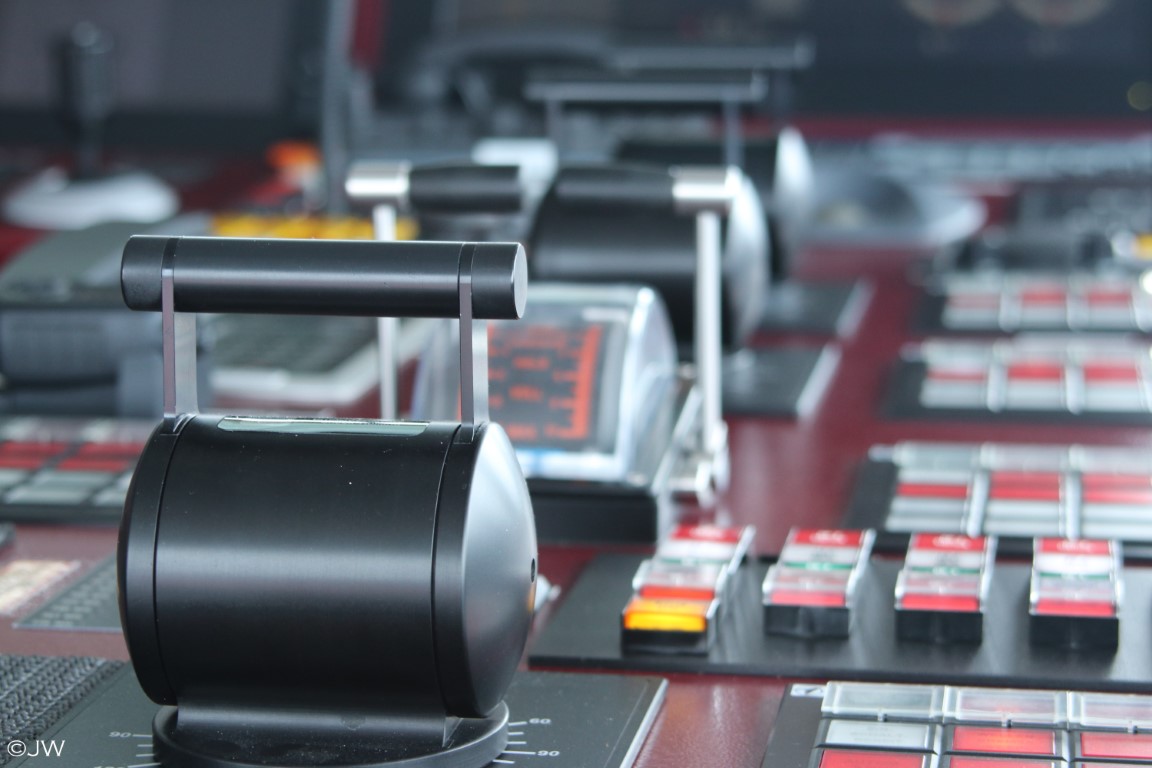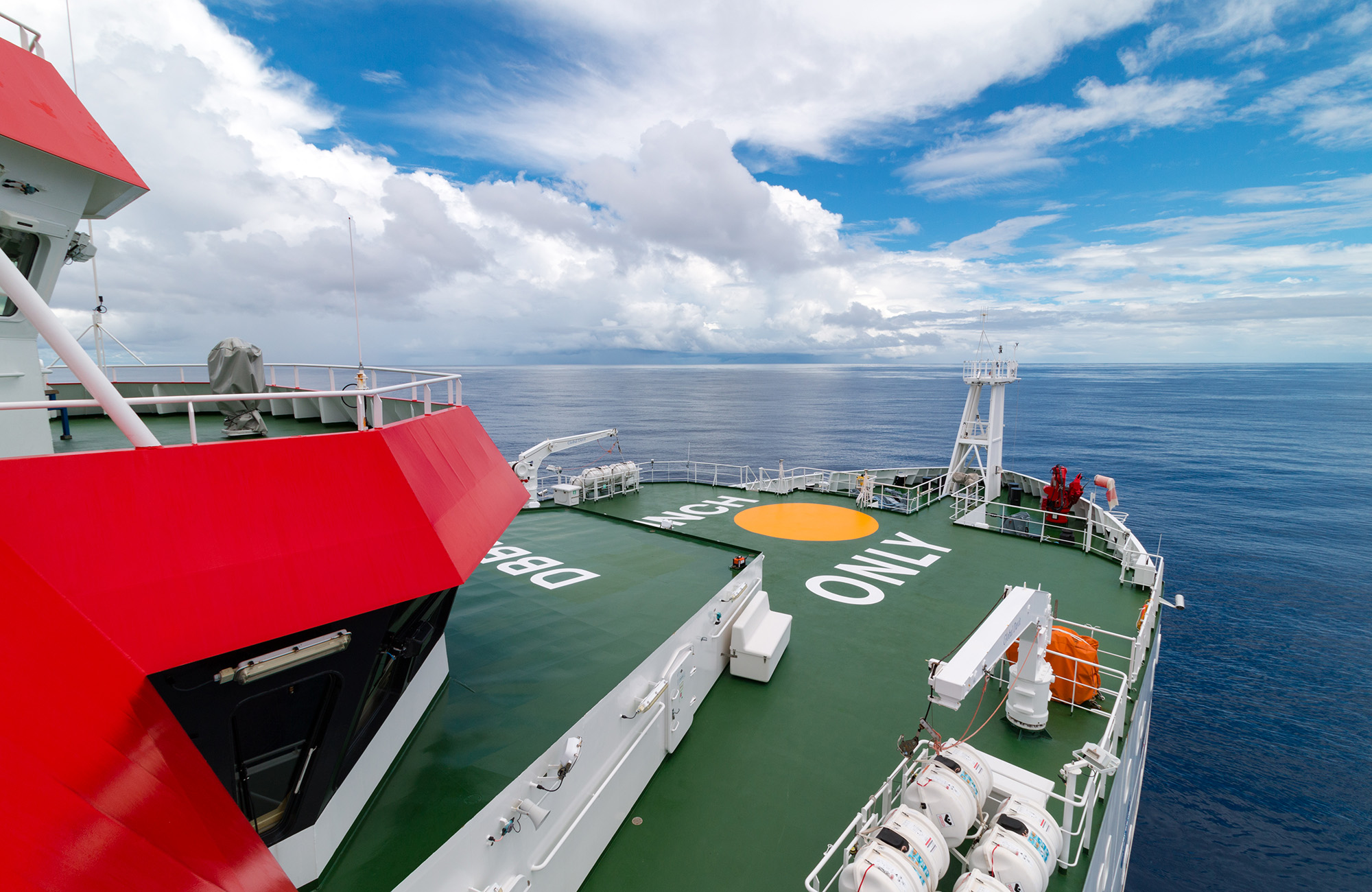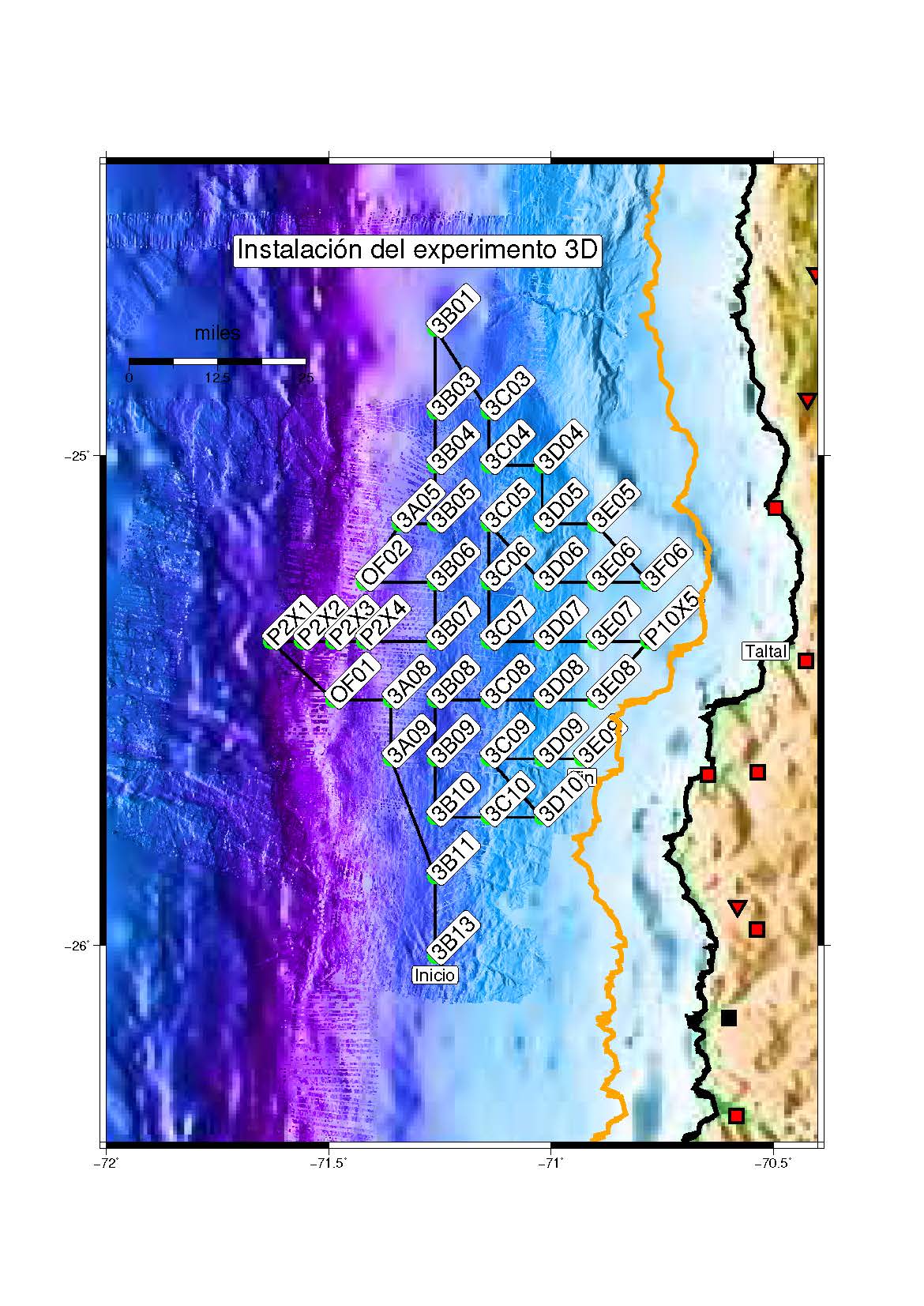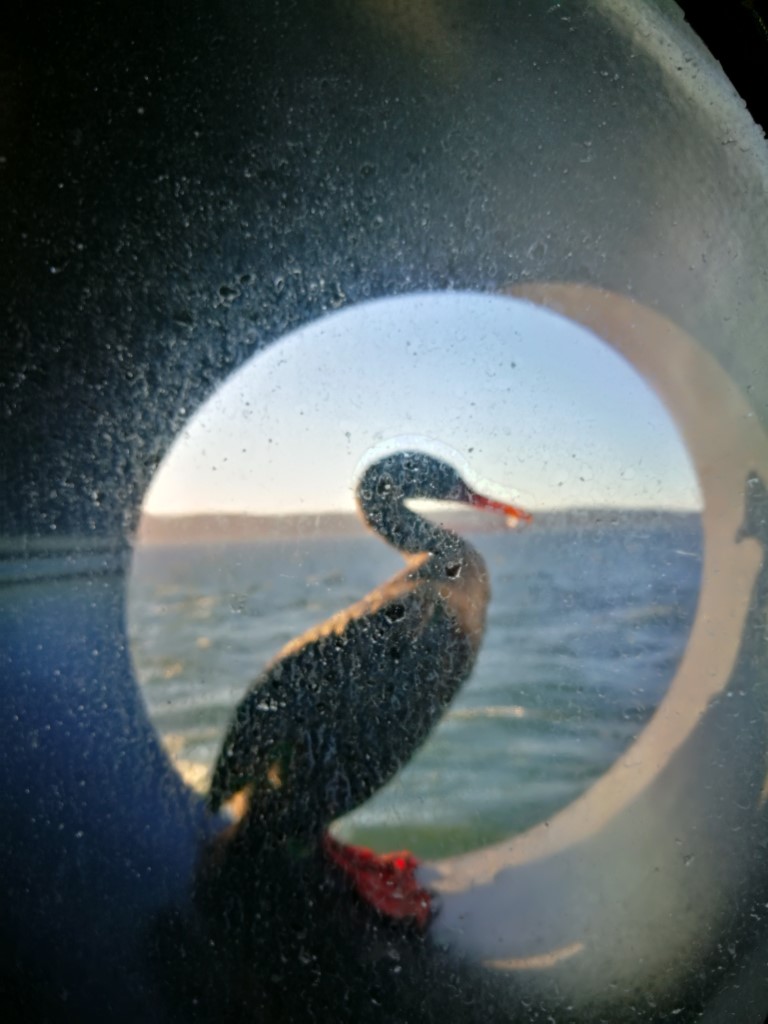As part of our cruise MSM126 focus on the “jellyweb”, we are also interested in siphonophores. Even in the vast and mysterious world of marine life teeming with peculiar inhabitants, these distinctive creatures stand out. While they share similarities with jellyfish, particularly in having stinging cells known as cnidocysts, they do not look much like […]
Staatsquallen – Syphonophora
Im Rahmen unserer Expedition MSM126 zum Thema “Jellyweb” beschäftigen wir uns auch mit Staatsquallen (Siphonophoren). Selbst in der riesigen und geheimnisvollen Unterwasserwelt, in der es von seltsamen Bewohnern nur so wimmelt, stechen diese einzigartigen Kreaturen hervor. Obwohl sie Ähnlichkeiten mit Quallen haben, vor allem durch ihre Nesselzellen, sehen sie diesen auf den ersten Blick nicht […]
M195: EMBARKING ON THE MUD ODYSSEY: UNCOVERING SECRETS IN THE DEPTHS OF THE AEGEAN AND IONIAN SEAS
On 11 November, 28 scientists and 34 crew members set off from the port of Piraeus, Greece on the German research vessel Meteor on an expedition to the eastern Mediterranean. Their destination are the mysterious depths of the Aegean and Ionian Seas, where the mud on the seabed provides information about our human history. The […]
Interview with the chief scientist Philipp
The cruise expedition SO299 is gradually coming closer to the end. But before we are going to leave the ship in one week in Singapore, we would kindly like to get our Chief Scientist a chance to speak. Our expedition leader Philipp bravely answered our questions, and he gives us an insight into the planning […]
Rudy the Rock
Hey, I’m Rudy… The Rock! I am willing to tell you about my first crazy contact with what is called “human” scientists (quite different to my usual rocky neighbors). The last million years, it was calm and silent since my eruption birth at Conical Seamount. We lived in a peaceful stony community at 1400m below […]
In a nutshell: OBS & OBMT
To investigate the subsurface of the seafloor, we deploy geophysical instruments, which can „look“ below the seafloor bottom through the sediment and rock layers. We have two different types of devices, which complement each other. OBS stands for Ocean Bottom Seismometer, and is used to detect earthquakes. OBMT stands for Ocean Bottom MagnetoTellurics, and it […]
Building Bridges
How is one giant research vessel managed? Well, like any ship of this size, you will find the answer on what’s called the bridge. No worries, we are not trying to connect different ships between each other. That is just the main working station from which the ship is navigated. A little bit like the […]
The first time on board a research vessel
The research vessel SONNE left Townsville on 6. June 2023 in the evening and is currently on its way to the working area with a diverse research team on board. For some of our young scientists, it is the very first research expedition at sea. Who are they? What are they working on? How did […]
BLOG Beitrag 2: SO297
+++english version below+++ Nachdem das erste 2D-Profil nun abgefahren und die Ozeanbodenseismometer (OBS) und Hydrophone (OBH) wieder an Deck eingeholt waren, fuhren wir in das Gebiet für das zweite Experiment. Bei einem Profil werden Geräte in einer geraden Linie auf dem Meeresboden ausgesetzt. Anschließend wird das Profil mit Luftpulsern einmal abgefahren und die Signale werden […]
Von Kiel zur SONNE – Die ersten Tage der Ausfahrt SO297 offshore Chiles
+++ english version below +++ Nun ist es schon über zwei Wochen her, dass wir uns in Kiel auf den Weg zur FS SONNE gemacht haben. Bis auf ein paar Kleinigkeiten, wie ein verspäteter Abflug von Hamburg aus, hat alles sehr gut geklappt und nach 31 Stunden waren wir am Hotel in der Stadt Concepción […]
